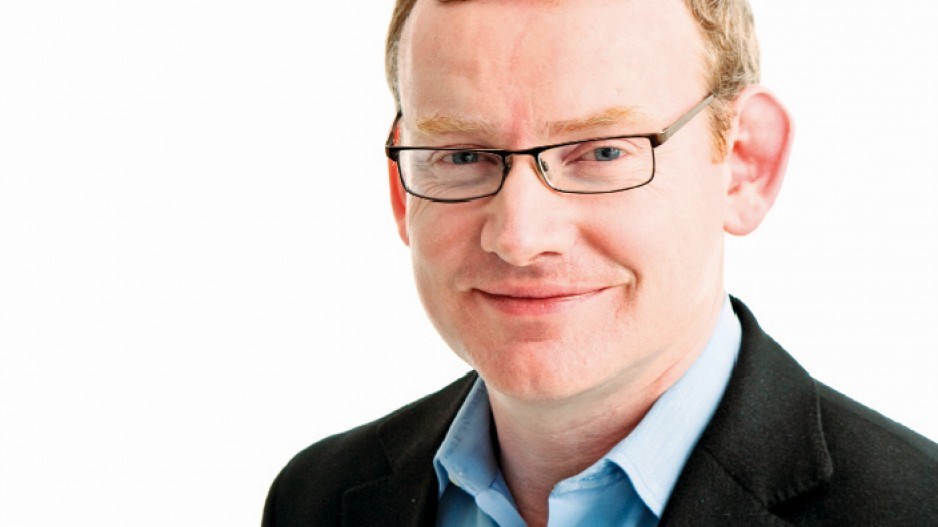For two consecutive years, Stantec was named one of Canada’s greenest employers by Canada’s Top 100 Employers, recognized for its robust environmental programs and earth-friendly policies including a travel demand management (TDM) study to determine employee commuting habits and sustainable barriers.
The company’s services include planning, engineering, architecture, project management and project economics for infrastructure and facilities projects.
“Our sustainable team uses education and engagement principles company-wide to get buy-in, including monthly themes, online information, activities and events,” said Marty Janowitz, vice-president, sustainable development at Stantec. “We now have an automated program to reduce energy use by turning off computers at night.
“We encourage staff to rent the most fuel-efficient cars. And we’re developing green procurement policies to drive sustainable change, encouraging managers to pay attention to whether a building is energy-efficient or not. The criteria used to be quality, suitability and cost, but now we’re considering a building from an energy point of view, looking at properties where we can meter energy usage.”
Janowitz says that systemically, the environment is an organism that includes transit, water and waste water.
“It’s like a human system in terms of how you design it and how the parts are related. Systemic change and behaviours don’t shift overnight. It happens step by step.”
He believes social marketing and education, plus the proverbial carrots and sticks, will shape attitudes and interests.
“It’s an urgent matter, because nature bats last,” said Janowitz. “There are forces more powerful than what we can control. In the business environment, we have to go slow, be pragmatic and keep our colleagues on board.
“Business is the most powerful force for social change. It’s innovative, creative and has a strong survival instinct. Many businesses are rapidly waking up to climate change. We’d like our company to be identified as a shaper, defining the next generation of business.”
Michael Kennedy, Stantec’s regional leader for B.C., says that what started as an in-house initiative by employees who wanted their company to be the greenest has spread to dialogue with clients to become part of the design and construction process.
“Ideas are put out at an early stage with contractors to show sustainable value and benefits, to encourage smart decisions to take place, so that it makes sense from every perspective,” said Kennedy. “We get businesses to look at life-cycle costs, encourage innovative sustainable design, and adjust procurement guidelines, whether it be roads, bridges or other infrastructure.”
With sustainable standards in-house from composting to green purchasing, employee committees measure how they control company waste, trying to divert to sustainable goals including recycling all IT equipment along with 90% of their paper.
Cordelia Crockett, senior transit planner and part of Stantec’s transportation solutions group, sees sustainable solutions as always step by step.
“Buy-in includes education, geographic factors and travel preferences,” said Crockett. “We use web surveys and workshops for monitoring and outreach. Not everyone can telecommute, so there are limits. We work with people and their unique habits.
“Our group is working on alternative transit technologies and facilities, general policy and making transit greener. We need to watch fuel costs, the car industry and gas prices to keep transit attractive.”
Crocket says that their TDM surveys help to pinpoint what is driving employees’ travel choices, with a concrete explanation of what specific changes – such as cost of passes, parking or geography – need to be considered.
“When it comes to encouraging other cities and organizations to be more sustainable, it’s important that we walk the talk, and maximize our greenness before we can implement change internationally,” Crockett said.
TransLink’s TDM program manager Patricia Lucy says that Stantec is part of a co-operative network of employers and different service providers they work with to demonstrate how sustainable travel can work in their TravelSmart program.
“There’s small changes that people can make on a daily basis. There are certain market segments who don’t want to give up their cars, but the millennials are a big driver of change. They’re the sharing economy, and are connected in large networks with new rideshare programs such as HitchWhistler,” Lucy said.
“We’re trying to bring TravelSmart up to a more regional level, sharing resources to make a bigger impact. It is a challenge, but people are open to making small changes.” •




